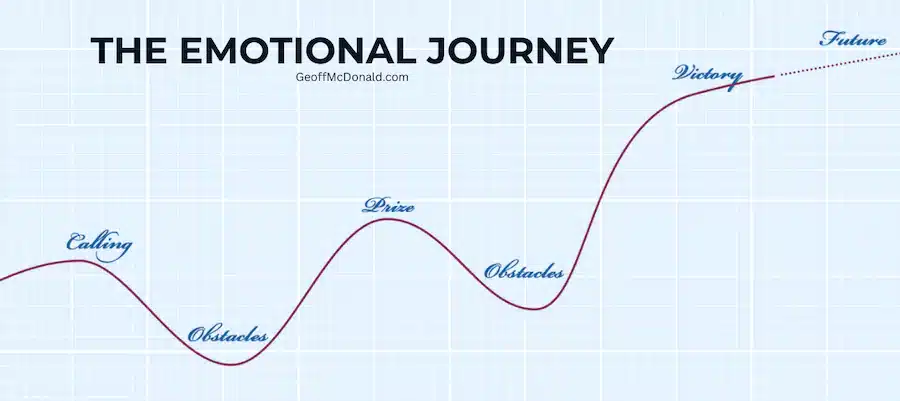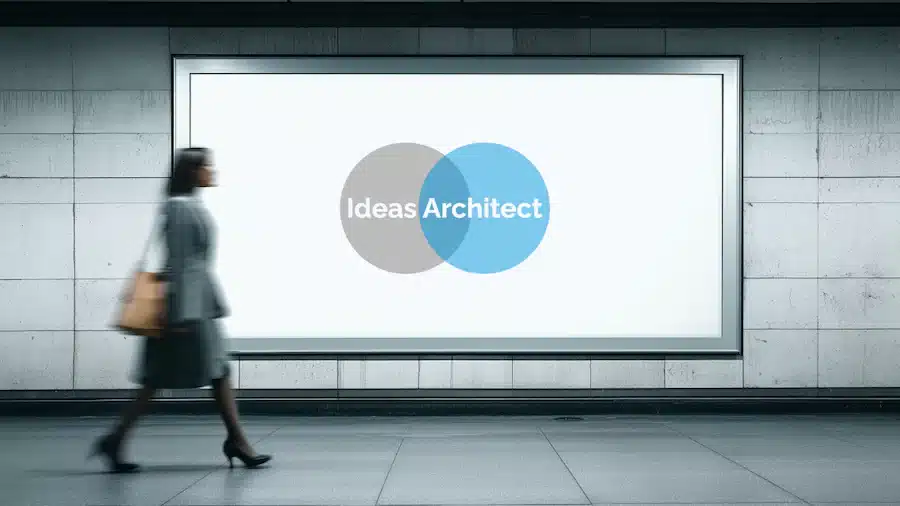Most experts struggle to monetize their expertise — not because they lack skill, but because they lack a Signature System.
I’m Geoff McDonald, the Ideas Architect, and I help professionals design and build frameworks that last — just like an architect creates a building that stands the test of time.
In the next few minutes, I’ll show you the 7 steps to create your own signature method so you can stand out, charge more, and build a profitable business system.
Seven Reasons You Need a Signature System
There are seven big reasons to create your own Signature System — and they all come back to having a strong design:
- Clarity – You have the blueprint for what you’re building.
- Self-expression – It’s your design, your style.
- Saves Time – No need to redraw the plans every time.
- Client confidence – They can see the finished structure before they buy.
- Positioning – No one else has your exact architectural style.
- Pricing power – A bespoke design commands a higher fee.
- Legacy – build something that could be sold as a business.
In my previous post, I shared my own Signature System — The Manifesto to Money Bridge.
Today, I’ll unpack exactly how I designed it — so you can create yours.
Step 1: Core Belief – Your Statement
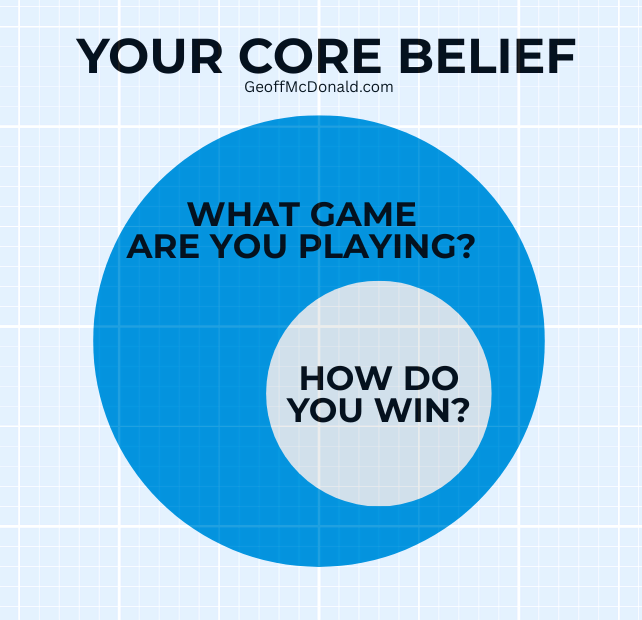
The foundation for your business system is your core belief (the Statement part of your Manifesto).
This is what you know to be true after years in the field.
Stephen Covey built his empire on the belief that effectiveness comes from character, not personality. (Read his Manifesto Case Study here)
Ask yourself:
- What game are you playing?
- How do you win?
Examples:
- Monetize your expertise? Start with your manifesto
- Football? You win the premiership off the field
- Making change happen? Weave people and conversations together
Action: Answer these two questions to define your core belief — your foundation stone.
Step 2: The Journey – Transformation
Before we draw the plans, we have to imagine the finished building.
Clients aren’t buying your steps — they’re buying who they become.
Map the emotional journey in your signature method:
- Where do they start? (frustrated, stuck)
- What’s the breakthrough moment?
- Who are they at the end? (confident, in control)
This vision is like an architect’s rendering — it shows the client what’s possible and builds trust in your design.
Action: Write the “before,” “breakthrough,” and “after” for your ideal client.
Step 3: The Steps – Make It Winnable
Now that you have your building blocks, they have to fit together.
Break the transformation into 5–7 clear, winnable steps.
Too few feels shallow; too many feels overwhelming.
Each step should build on the last — just like a structure is built layer by layer — creating a business system designed to monetize your expertise.
Action: List your steps and write the specific, practical outcome for each.
Step 4: Metaphor – Build Your Bridge
A single image can turn your idea into a masterpiece people remember.
Metaphors make your Signature System tangible and unique.
As the Ideas Architect (a metaphor), I often help clients choose a metaphor that becomes the centrepiece of their design — the visual that sticks in people’s minds.
Examples: bridge, roadmap, secret sauce, blueprint.
For architects, it might be foundations, walls, windows, and a roof.
Action: Brainstorm metaphors that will resonate with your market.
Step 5: Visualise – Why a Metaphor Helps
When a client can see the finished structure, they believe in it.
Visualization is your secret sales weapon.
When clients can picture themselves crossing your bridge or moving through your building, they believe it’s possible.
This is especially true for high-ticket offers within a Signature System.
Action: Draw your metaphor. Use it in slides, proposals, and sales conversations — it’s your architectural render.
Step 6: Name – Must Own It
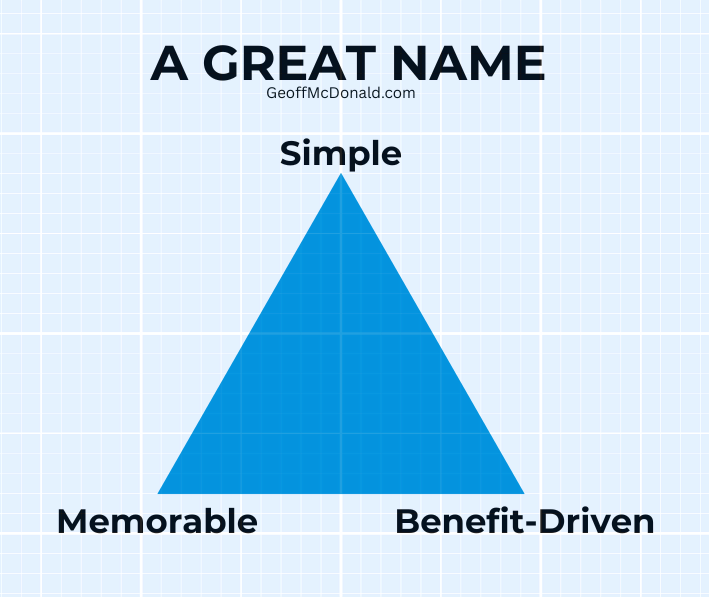
A great name turns your signature method from generic to memorable.
Three qualities: simple, memorable, and benefit-driven.
Use a two-part formula:
- Short, unique title (1–2 words)
- Descriptive subtitle (3–7 words)
Example: Monetize — How to Double Your Profits with Your Signature System.
Action: Brainstorm 100 names. The more designs you sketch, the better the final result.
Step 7: Package and Price – Be Specific
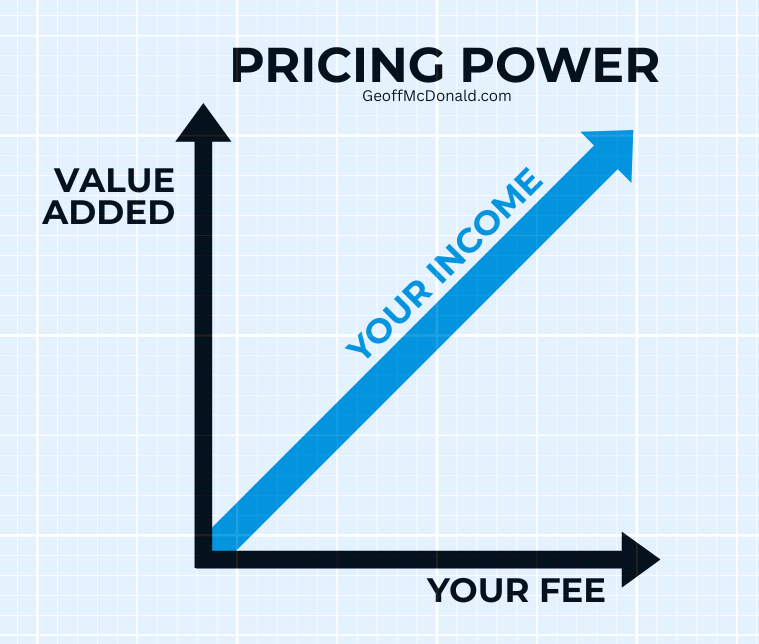
Package your Signature System so people know what’s included — coaching, templates, group calls, assessments.
Price based on the transformation’s value. If your business system generates $100K in results, pricing at $5K–$25K is not unreasonable.
Action: List your deliverables, then set a price that reflects your system’s true value.
Next Steps
If you want my help to design and build your Signature System from the ground up, my program — Signature System Blueprint — is where we do it.
I’ll work with you the way an architect works with a client:
- Clarify your vision
- Create your framework
- Add the finishing touches that make it uniquely yours
Let’s turn your knowledge into a signature business system — designed to stand the test of time.
More on How to Create Your Signature System
If you want to dig deeper in creating business systems, in particular your signature method, then read these posts next:

